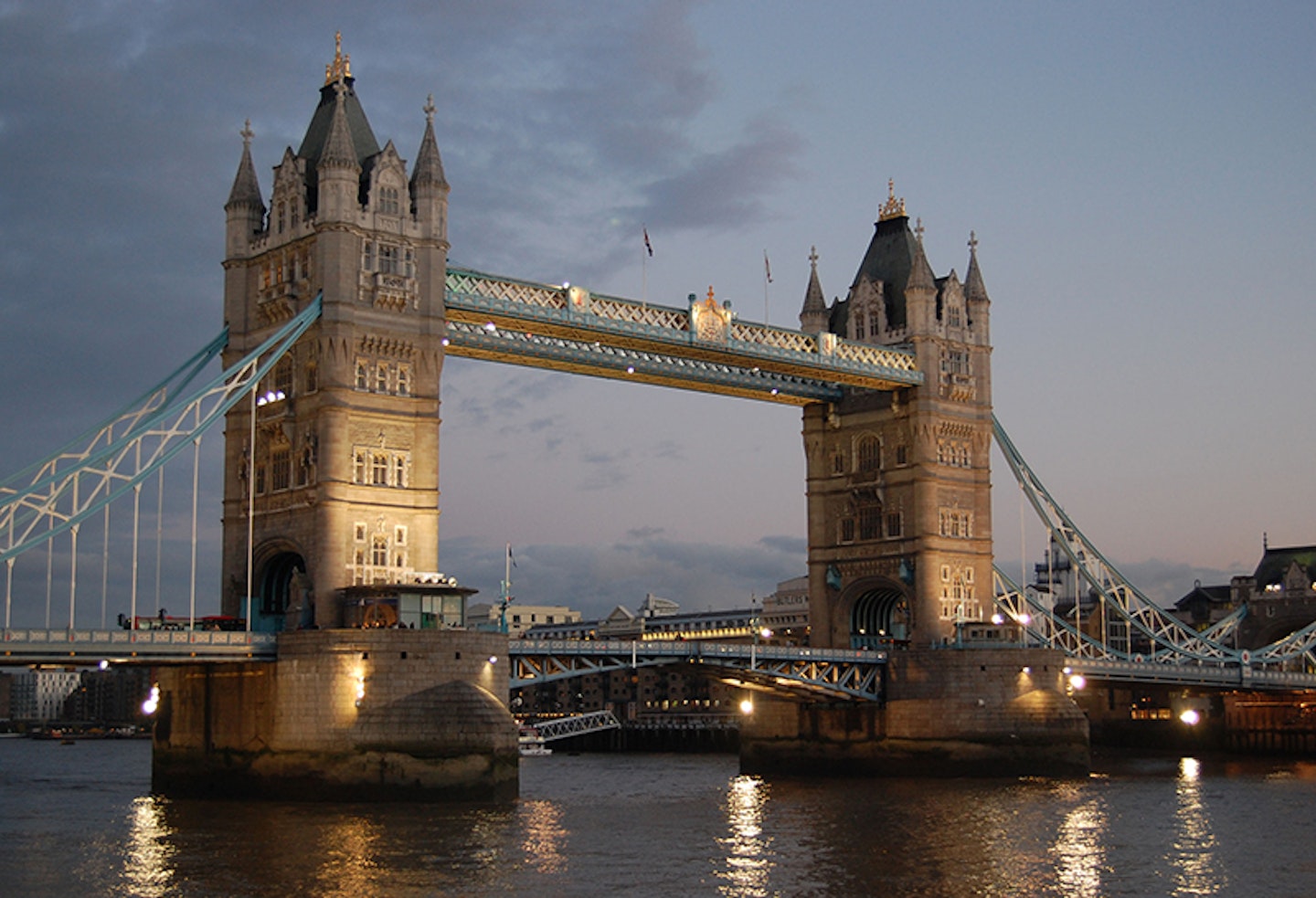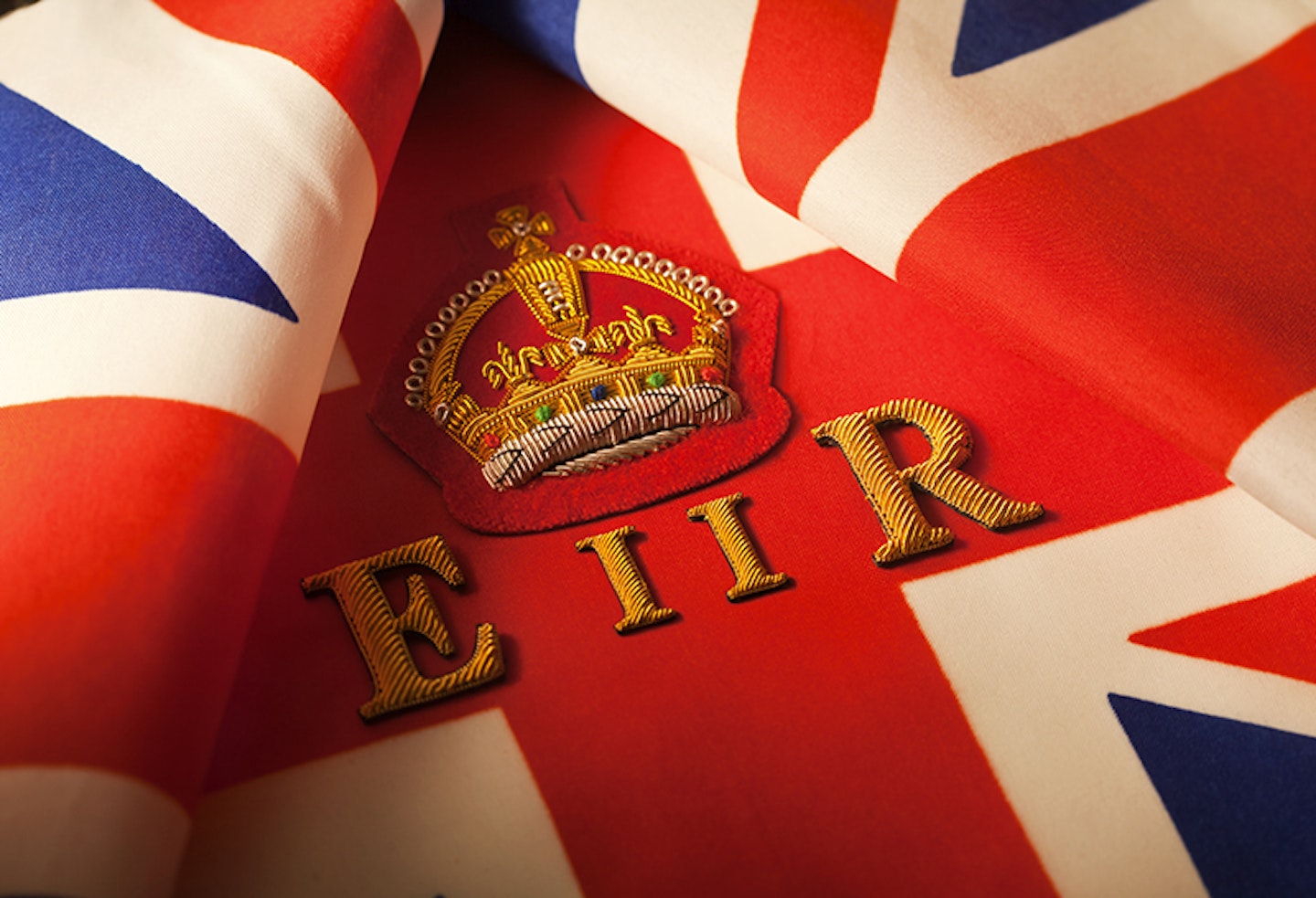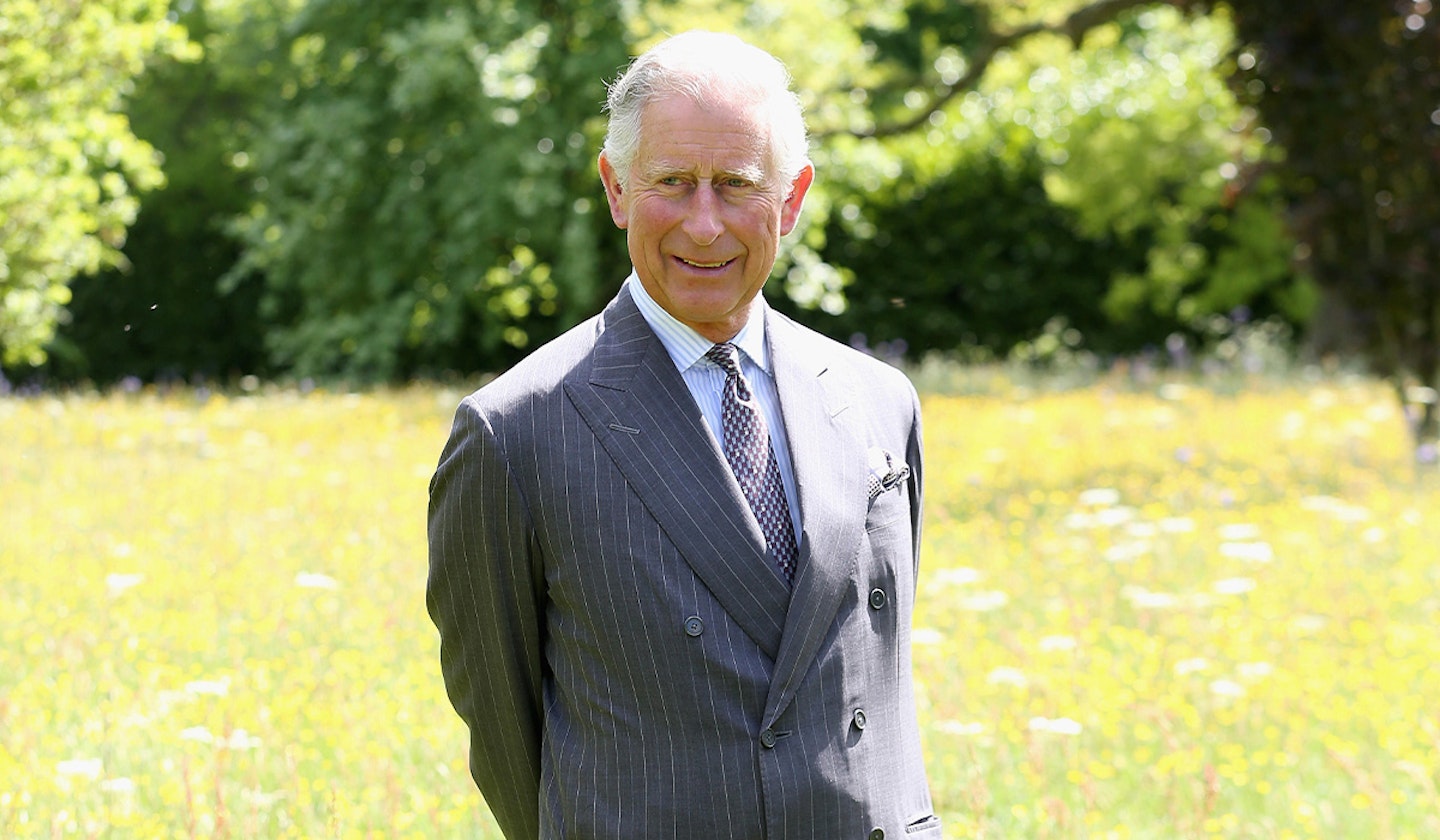As we as a nation mourn the loss of our Queen, many of us will be wondering what happens now. The logistics of Operation London Bridge, the formal plans drawn up to deal with the death of the head of state have been common knowledge for some time now.
This set of protocols provided for the eventuality that she would die at Balmoral, which has long been one of her favourite places. Queen Elizabeth II will lie in state in Edinburgh and Westminster as part of 10 days of national mourning beginning on Friday.
So what happens now?
National mourning: what happens now the Queen has died?

“Operation London Bridge” was the code name given to a complex, intricate, and timed-out plan that has been in place since the 1960s, in event of the Queen's death.
The highly-detailed plan consisted of everything from exactly how the nation was to be told, what happens in the next days and hours, to the funeral preparations and the announcement of Charles as King.
The same moment the Queen passed, her son isHis Royal Highness King Charles III, and his wife is Queen Consort, as requested in the Queen's statement on the eve of the 70th anniversary of her accession.
The code word “London Bridge is down” was used to inform the Prime Minister of the news. The news of her death was then distributed to various heads of state before it was made known to the public, including the British press and the world's media outlets.
The official announcement of the death of The Queen issued by Royal Communications on Thursday 8 September, and hung on the gates of Balmoral and Buckingham Palace was:
'The Queen died peacefully at Balmoral this afternoon.
'The King and The Queen Consort will remain at Balmoral this evening and will return to London tomorrow.'
It is likely the Queen's coffin will temporarily rest at the Palace of Holyroodhouse. Plans are also thought to include a ceremonial procession along the Royal Mile in Edinburgh to St Giles’ Cathedral, where a service is expected to be attended by the royal family before a 24-hour period of lying at rest, which would be open to the public.
How will the country mourn the Queen’s death?
Outside the Palace, flags will be flown at half-mast and books of condolence opened across the country.
The parliament will also gather, and His Majesty King Charles III will make his first address to the public as King.
The day after her death flags flying at half-mast will be raised and Charles will be proclaimed King. Trumpeters from the Life Guards, wearing red plumes on their helmets, will step on the roof of Buckingham Palace and give three blasts.
A 41-gun salute – almost seven minutes of artillery – will be fired from Hyde Park.
The coffin is likely to be flown back to London, where it will be taken to Buckingham Palace before the big ceremonial procession in the capital planned for “D+5” (D-day plus five days) of the 10-day funeral plans, which will involve the Queen lying in state.
Great Britain will enter a 10-day mourning period, culminating in the Queen's funeral.
Meanwhile, King Charles will tour the country and make stops in Edinburgh, Belfast, and Cardiff to appear at services to honour his mother and meet with elected leaders.
Will there be a national holiday?
While the UK will partake in a 10-day mourning period, only the day of the Queen's funeral will be considered a national holiday. The London Stock Exchange will close as will most UK banks. There will also be a bank holiday on the subsequent coronation of King Charles.
What will Queen Elizabeth II’s funeral look like?

Prior to the funeral, Queen Elizabeth's body will be moved to Westminster Hall. The bells of Big Ben will chime, and her body will then lie in state for four days.
The funeral itself would likely take place 10 days after the Queen’s death and will be broadcast on TV and streamed online. The state funeral will begin by her coffin being taken to Westminster Abbey by gun carriage, where it will be led by Archbishop of Canterbury, Justin Welby.
Businesses will come to a close to pay respect to the monarch. Leaders and heads of state from across the world will attend, with members of the public lining the route of the funeral cortege.
After the service, her body will then be moved to her final resting place, along with her husband of 73 years, Prince Philip, to the gothic church's King George VI memorial chapel.
The tiny chapel houses the remains of the Queen's father George VI, her mother the Queen Mother, and sister Princess Margaret.
When is King Charles officially King?

As first in line to the throne, King Charles III was named as such as soon as his mother passed away.
Elizabeth became Queen Elizabeth II immediately following the death of her father, King George VI. This is because a throne is never vacant – sovereignty passes on accession rather than a coronation.
The Coronation ceremony will take place on Saturday 6 May 2023 in London’s Westminster Abbey and King Charles will be crowned alongside The Queen Consort.
Furthermore, the national anthem will be changed to “God Save the King” and new postage stamps and currency will also be minted and printed to reflect his ascension to the throne.
Prince William is now Prince Of Wales and the Duchess of Cambridge is the Princess of Wales – the same title that was held by Princess Diana. Prince William will become the heir-apparent and will be followed by his three children Prince George, Princess Charlotte, and Prince Louis.
